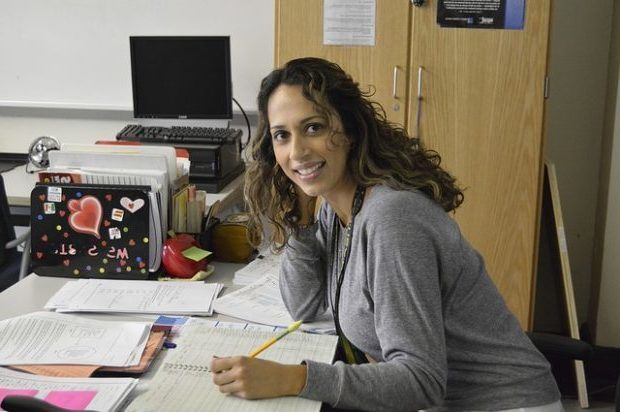Strategies for Engaging Middle and High School Students

Teaching at any grade level comes with its own unique set of challenges. While it can be taxing to keep a room full of children organized and paying attention, younger learners tend to get excited about learning—or anything that involves colors, games or treats.
But ask any middle or high school teacher and they’ll tell you: It can be a daunting task to engage students within these grade levels. You’re already competing with plenty of social distractions, inside and outside the classroom. Furthermore, you’re at the age when many school-related activities may seem “boring” to pre-teens and teens.
Needless to say, if you want to get through to middle- and high-school-aged learners, you’ll need to strategize on how to engage them with your lesson plans. Here are a few ideas for doing so.
Get Creative and Engage the Senses
Predictability can cause students to disengage before they even sit down and open their notebooks. Do your pupils know to expect a straightforward lecture most days? If so, they may be predisposed to check out due to the sheer monotony of routine.
The solution? Get creative! Switch up the structure of your class. Look at a lesson from a different angle. Instead of delivering an auditory lecture with some visual aids, try engaging another of the primary learning styles: visual, auditory, physical/kinesthetic and reading/writing.
Pass out art supplies and let students get creative with their note-taking. Conduct a hands-on experiment. Play a game involving moving around the classroom. Let students work on an individual project in whatever medium they gravitate toward. Make up a learning game and introduce it to your pupils. Watch a video or listen to a song.
The main takeaway is that students of this age are absolutely not too old to have fun in school and will almost certainly appreciate a break from “same old, same old.” Just be sure to choose an activity that best supports the lesson you’re trying to teach.
Ask the Audience, Literally
Put yourself in your students’ shoes for a moment. It can become quite frustrating always feeling like you’re on the receiving side of a lecture. But when middle and high schoolers resign themselves to passive learning, they fail to get the most out of their time in the classroom. This is an area in which breaking up lessons with polls, surveys and informal quizzes can help shift learning towards being active.
All your classroom needs is a student response system to give pupils a voice via any computer or mobile device. Whether you’re checking subject matter retention before a test, taking a vote or simply having fun with an icebreaker activity, the act of asking students to respond to a real-time poll livens up any lesson. This transforms students from passive learners to active participants, encouraging them to tune into what’s happening around them.
Allow Students to Customize a Project
A one-size-fits-all approach to teaching starts to feel limiting. After all, students enjoy and excel at different things—from singing to science and everything in between. So, instead of passing out a rubric with a strict project outline, consider giving your students options to tackle the project on their own terms.
Here’s just one example of how you can leave wiggle room for individual spins on projects centering around a common theme: Instruct students to tell a story digitally using video, audio and more. This way, students could pursue a subject matter that piques their interest while still learning tech literacy along with the rest of their peers.
These strategies for engaging middle and high school students will help you avoid glazed eyes en masse by motivating students to tune in.

